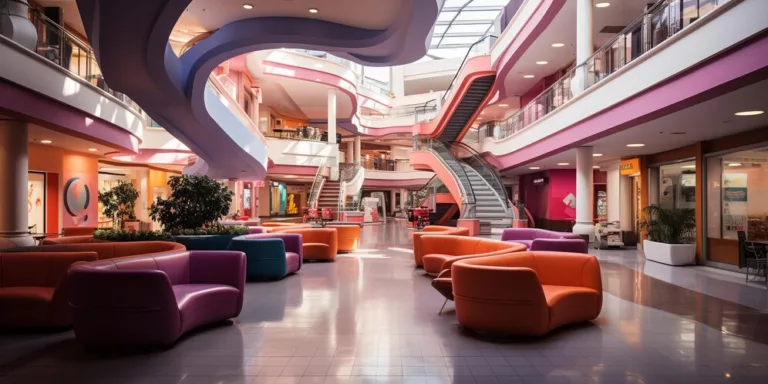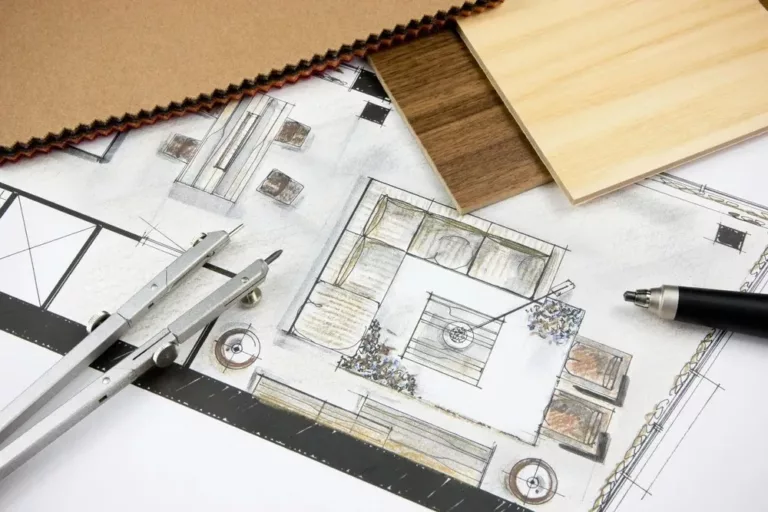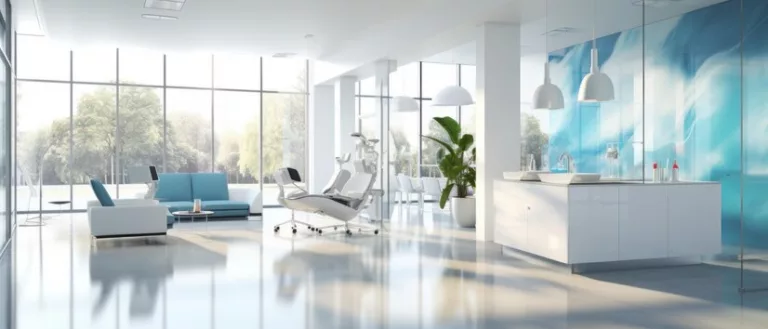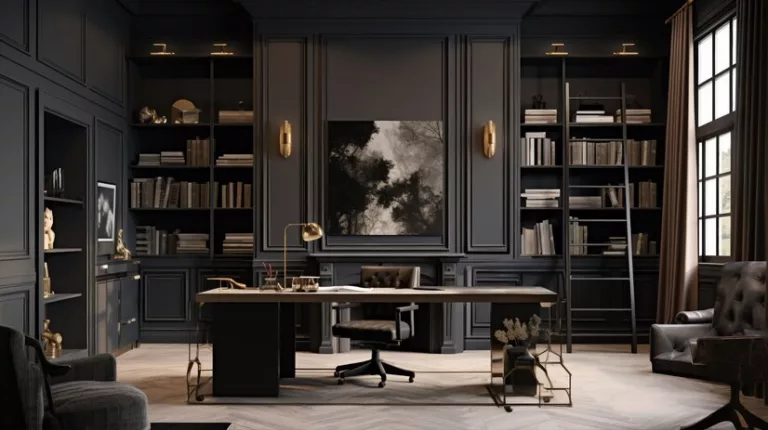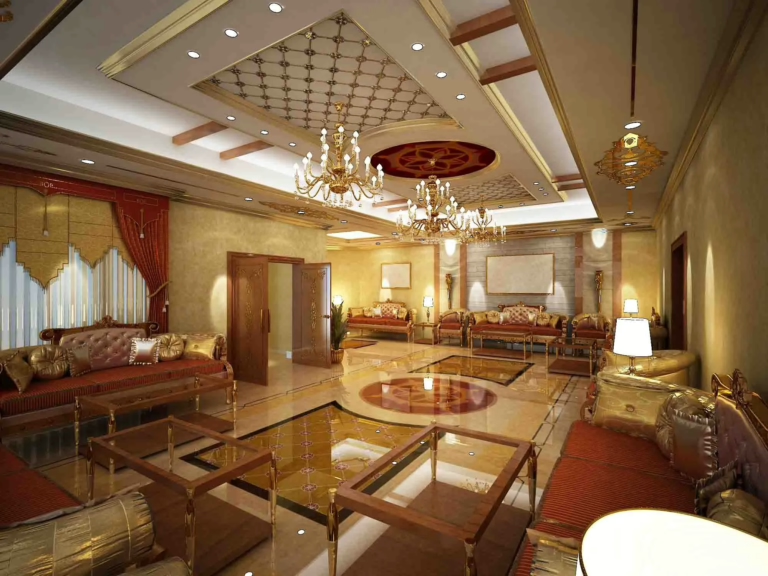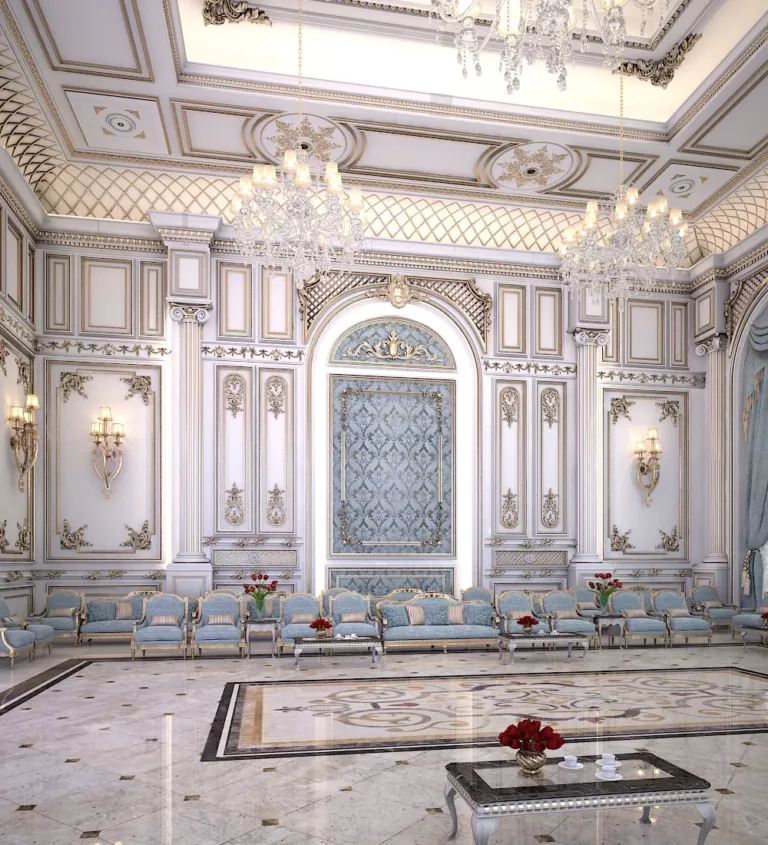Introduction to Mall Interior Design Concepts
Malls are no longer just places for shopping; they are destinations where design sets the stage for an experience. Interior design concepts are vital in enticing visitors and providing them with a comfortable, yet stimulating environment that encourages them to stay longer and return frequently. Effective mall interior design harmonizes aesthetics with functionality, blending visual appeal with navigational simplicity.
Exploring Innovative Mall Decor Solutions
Innovative decor solutions are transforming the traditional shopping center into a modern marvel. Integrating elements such as interactive installations, art pieces, and thematic decorations not only enhances visual interest but also creates memorable experiences. These solutions promote brand identity and ensure that every visit remains fresh and engaging for shoppers.
Modern Trends in Commercial Interior Design
Commercial interior design has witnessed a shift toward creating multi-functional spaces that blend retail, entertainment, and leisure. Modern trends include open-concept layouts, use of natural materials, and tech-integrated environments aimed at enhancing the consumer’s journey through digital touchpoints and immersive experiences.
The Science of Effective Mall Layout Strategies
The layout of a mall is critical for facilitating traffic flow and maximizing commercial space. This involves the strategic placement of anchor stores, the arrangement of retail outlets, and the integration of common areas in a way that naturally guides shoppers throughout the space. Understanding shopper behavior and movement patterns is the backbone of effective mall layout strategies.
Creating an Ambiance: Ambient Lighting Design in Malls
Ambient lighting plays a crucial role in setting the mood and ambiance of a mall. The right lighting levels and color temperatures can make spaces feel inviting and comfortable, highlight architectural details, and create a perceived value for products. Energy-efficient and dynamic lighting systems adapt to different times of the day, ensuring the mall is always seen in the best light.
Choosing the Right Furniture: Modern Mall Selection Insights
Selecting furniture for a mall involves considering factors such as durability, maintenance, comfort, and style. Modern selections include modular seating, contemporary benches, and interactive play elements that cater to diverse groups of people. The aim is to enhance the social nature of shopping by providing comfortable and attractive seating options.
Eco-Friendly Interiors: Green Design in Shopping Centers
Shopping centers have a significant environmental impact, making eco-friendly design an essential consideration. Green design includes the use of sustainable materials, energy-efficient lighting, and living walls or indoor gardens that cleanse the air. Such considerations are not only responsible but can also contribute to a healthier and more enjoyable shopping environment.
Luxury Redefined: Upscale Shopping Mall Aesthetics
Upscale shopping malls redefine luxury through high-end materials, elegant finishes, and bespoke services. Design elements such as marble floors, designer furnishings, and curated art collections are commonplace. Such aesthetics provide an exclusive shopping experience that aligns with the opulence of the brands within these spaces.
Branding Through Design: Crafting a Unique Mall Identity
A mall’s design can effectively communicate its brand identity. Each element, from color schemes and materials to signage and landscaping, needs to resonate with the target demographic and represent the mall’s unique personality. Consistent branding through design helps create a strong image that distinguishes the mall from competitors.
Navigating with Ease: Wayfinding and Signage Essentials
Good wayfinding and signage ensure that visitors can navigate the mall intuitively, without confusion or frustration. Essential components include clear maps, directional signs, and landmark features. Effective wayfinding contributes to a seamless shopping experience and lessens the cognitive load on visitors.
The Comfort of Public Seating: Planning Areas for Rest and Interaction
Public seating must be carefully planned to offer comfort and foster social interaction. Placing seating areas strategically allows shoppers to rest, which can increase dwell time and spending. Considerations for public seating include visibility, accessibility, and proximity to amenities.
Best Practices for Mall Renovation and Redesign
Renovation and redesign projects require a balance between current design trends and timeless appeal. Best practices include incorporating flexible spaces, technology upgrades, and refreshing decor. A phased approach to renovation can minimize disruptions and maintain shopper loyalty during the process.
Retail Space Design Inspiration for Dynamic Shopping Experiences
Dynamic shopping experiences stem from inspiring retail spaces that are adaptable and experiential. Retailers are now creating mini-destinations within their stores, using design to tell a story and engage the senses. This strategy can include themed zones, interactive displays, and pop-up spaces that evoke excitement and curiosity.
Designing for Experience: Interior Decorating for Retail Spaces
Interior decorating for retail spaces aims to create immersive brand experiences. This might involve sensory elements such as scent marketing, interactive kiosks, and personalized service areas that extend beyond mere product display. Each design choice should enrich the experience and reinforce the brand’s presence in shoppers’ minds.
Conclusion: Reinventing Malls with Next-Level Design Strategies
The art of mall design is ever-evolving, as architects and designers push boundaries to craft spaces that beckon visitors back time and again. By employing effective layout strategies, ambient lighting, thoughtful furniture selection, and green design principles, malls can stay relevant in a competitive marketplace. Next-level design strategies play a pivotal role in reinventing malls as vibrant, sustainable, and luxurious spaces that cater to the eclectic tastes and needs of modern consumers.
